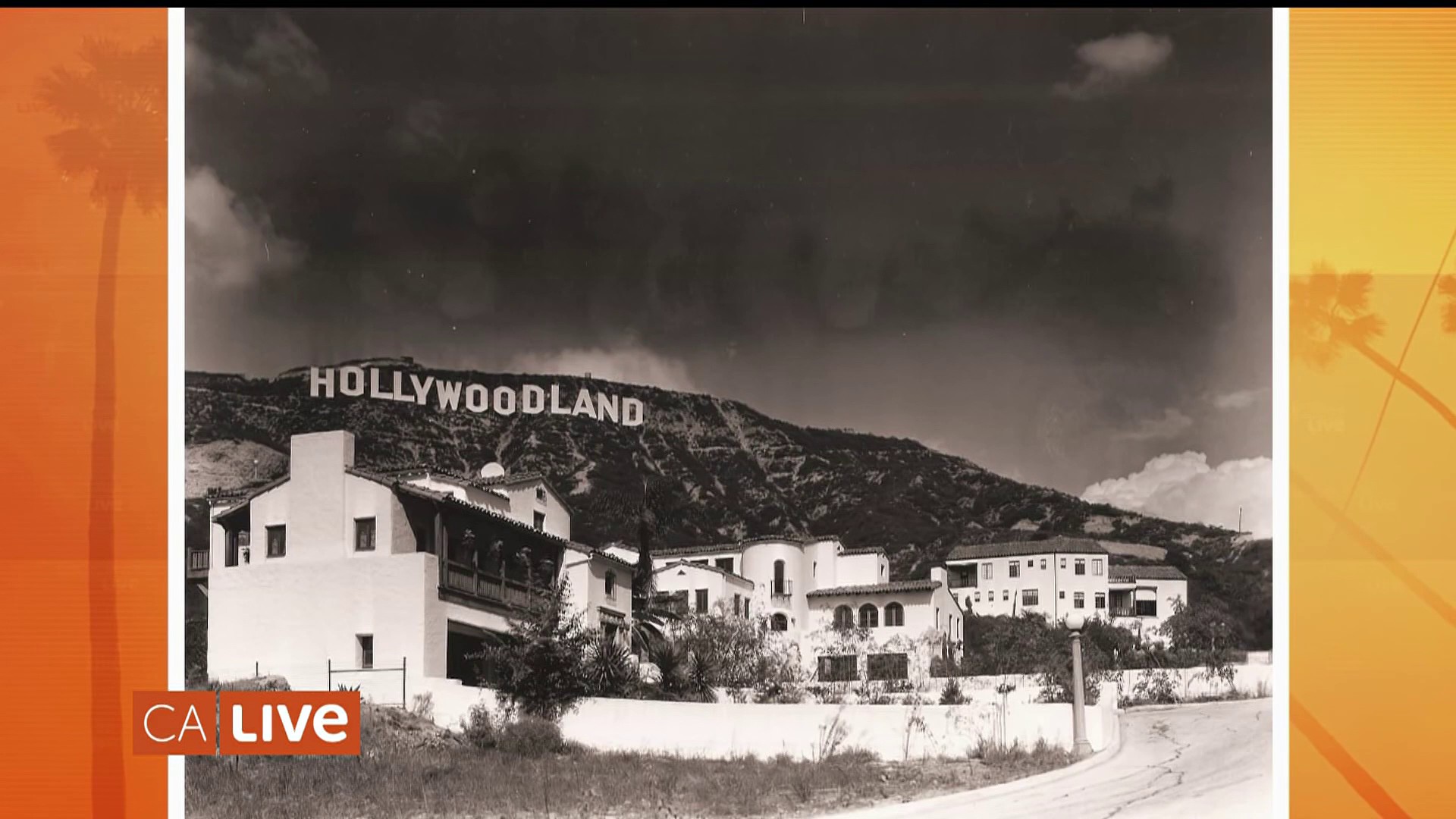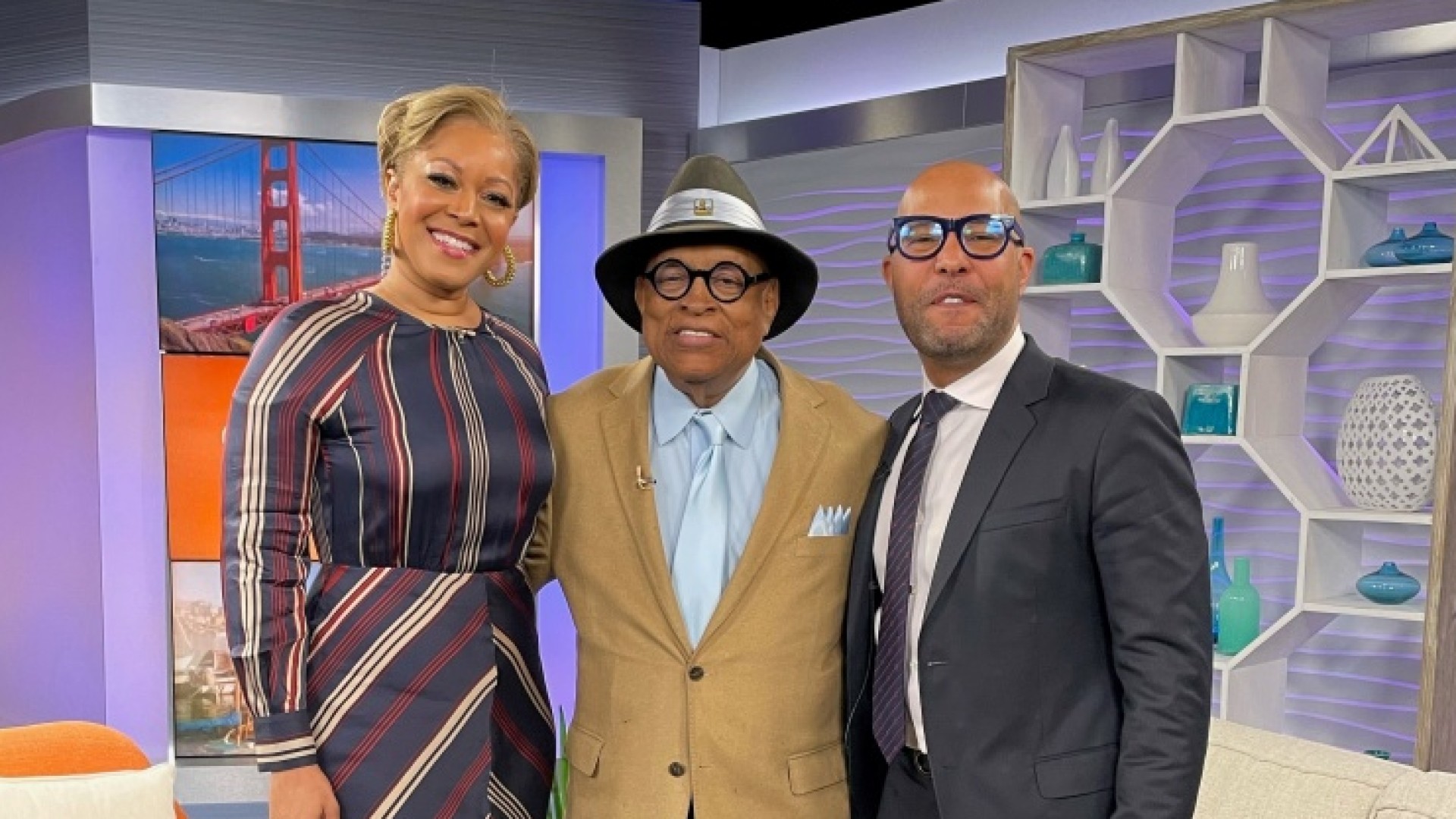In San Francisco’s famous Castro District, you will find yourself in a vibrant scene of bustling bars, restaurants, and shops.
The Castro district has significant historical and cultural importance and in the 1970s, the neighborhood became a center for the gay rights movement, as it was one of the first areas in the United States where gay people openly congregated and created a sense of community.
The area was also home to the first openly gay elected official in the United States, Harvey Milk, who was assassinated in 1978. The Castro continues to be a symbol of the gay rights movement and a destination for the LGBTQ+ community, and tucked away in the center of this historical district is a place that’s preserving this rich LGBTQ+ History, the GLBT Historical Society Museum.
Get Southern California news, weather forecasts and entertainment stories to your inbox. Sign up for NBC LA newsletters.
The museum is the first stand-alone museum of its kind in the United States and is home to one of the world’s largest historical collections of LGBTQ+ materials. Inside the museum, you will find so many stories of inspirational people who were at the forefront of the LGBTQ+ movement and helped pave the way for equality. From Gilbert Baker the creator of the rainbow flag, Cleve Jones an American AIDS and LGBTQ+ rights activist, Harvey Milk and so many more. If ever there was a treasure chest of information and materials that showed off the pioneers of the LGBTQ+ community, it’s at the GLBT Historical Society Museum.
When I first came to San Francisco, many years ago, seeing the large rainbow flag blowing in the wind at the entrance to the Castro District had a deep impact on me. It meant it was a safe place for me. I didn’t have to be afraid and I had a place where I belonged. The GLBT represents that same thing, a safe place that I can go and learn about my history, my community and my friends. A lot of the people show cased in the museum marched in the late 1980s, early 1990s to fight for healthcare and other rights. Many drag queens are featured in the museum as well. These people helped fight for equal rights even during some of the most challenging times. These are people whom I’m grateful for because they fought for our freedom. They have passed the torch to us and now it’s our time to make sure we have social justice.
I was so honored to be asked to do this story for California Live and am so grateful to be able to share with you a part of my LGBTQ+ history and experience.
Berlin




